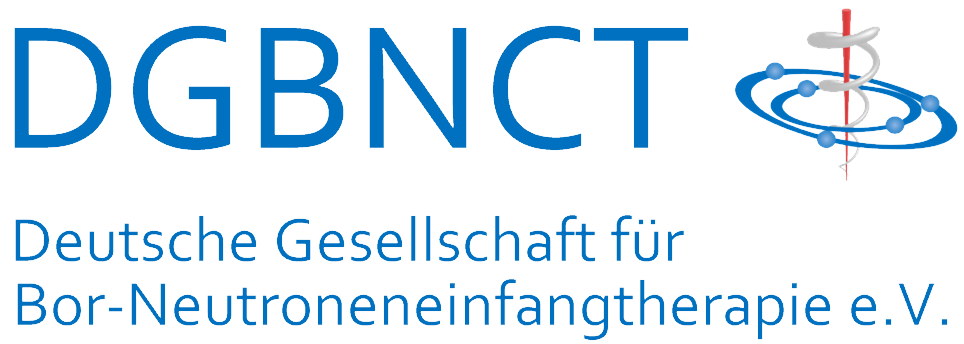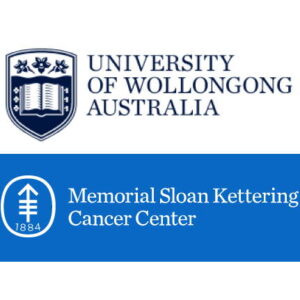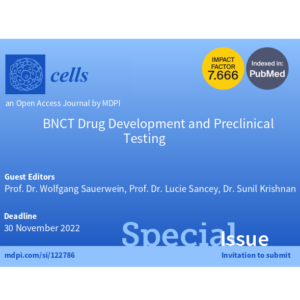
On Thursday 2022-01-13 took place a live webinar, organized by Centro Nacional de Aceleradores, Universidad de Sevilla on Boron Neutron Capture Therapy. There were two consecutive presentations from Prof. Wolfgang Sauerwein, and Prof. Marek Maryański, which are available following the following link…
Boron neutron capture therapy (BNCT) has been a multidisciplinary, challenging university research topic since
the 1950s. However, as a therapeutic modality, it has never arrived in the reality of medicine despite multiple, interesting
clinical trial approaches. A major reason for this is that a powerful research reactor was needed as a neutron source. Such
facilities were generally far away from hospitals, so that clinical studies with enough patients to produce statistically reliable
results could not be realized.
Recently, a paradigm shift has begun. High-intensity epithermal neutron sources are now
commercially available, and three hospitals in Japan are currently treating patients with them. However, for a new
treatment modality to be accepted and reimbursed by health care systems, it is necessary to demonstrate that this new
treatment is either equivalent and less expensive than existing treatment options or superior to them. The difficulty of such
proof can be demonstrated by the example of proton therapy, which is offered in many centers worldwide, but for which
there is no evidence that any of the above-mentioned conditions are met. Consequently, reimbursement is controversial in
most health care systems and only possible for a few indications under special agreements. To prevent BNCT from
reaching such an impasse, a business model has been developed, the principles of which are briefly summarized here:
Basically, clinical trials with a sufficient number of patients have to be performed in a short time to generate evidence, which
is a prerequisite for reimbursement. To achieve this, the BNCT Global GmbH was founded. Under one management 10
BNCT centers with the same technical equipment are built and operated worldwide. The joint clinical studies follow a
uniform study protocol so that the results can be evaluated jointly. This makes it possible to obtain the necessary data
within a manageable period. We are currently negotiating with interested hospitals that want to participate in this concept
as local partners.
Beam dosimetry and QA in BNCT requires accounting for contributions from components of widely different LETs (e.g., gammas, alfas, protons, neutrons) that change both with depth and laterally, and as a function of local B-10 concentration. Transmission laser CT of polymer gel dosimeters has been proven very useful in high-definition 3D dosimetry in both photon and proton therapy. In addition, an LET-specific signature has been found based on Mie scattering of light on nanoclusters of radiation-induced polymers in certain gel formulations exposed to proton therapy beams and patient-specific treatment plans. It appears therefore possible, at least conceptually, to develop a methodology for high-definition 3D mapping of both physical dose and LET in gel phantoms for BNCT beam characterisation and regular QA. 3D mapping of „biological dose“ (however defined and modelled) would then be within reach, thus potentially increasing the clinical effectiveness of treatment planning and delivery in BNCT. This advantage might also be applicable to other high-LET radiotherapy modalities such as C-ions. This is the direction of our research project, funded in part by the Polish Government’s National Agency for Academic Exchange under its flagship „Polish Returns“ program.



